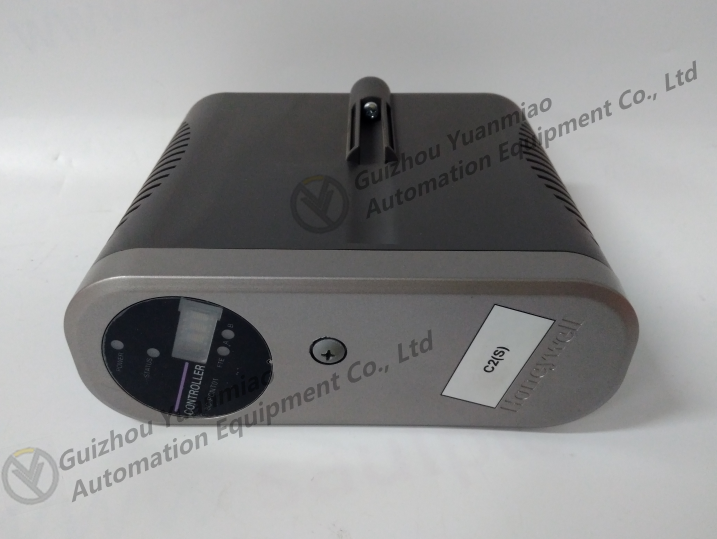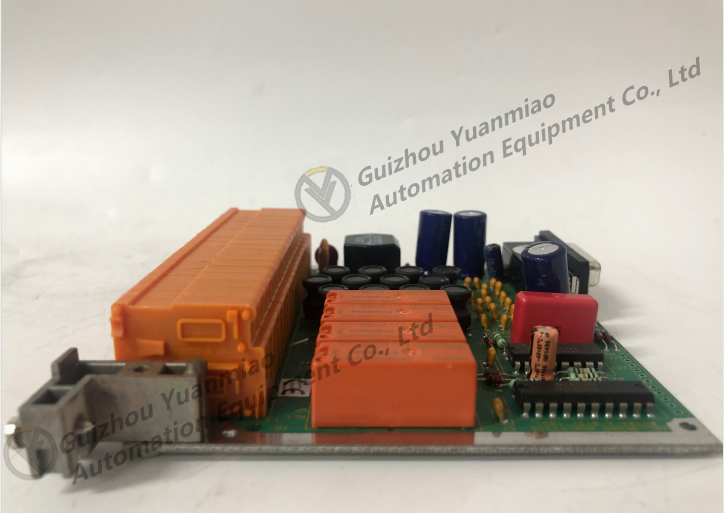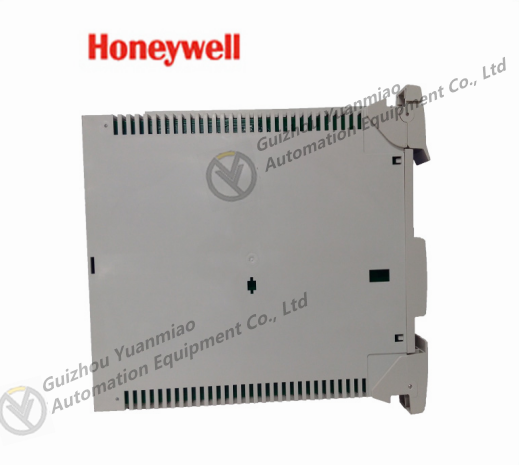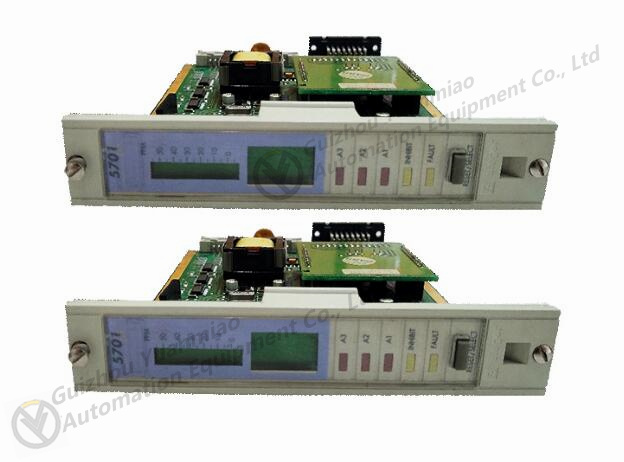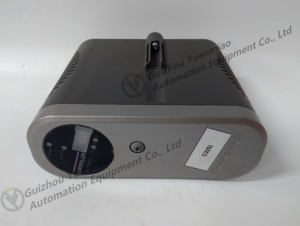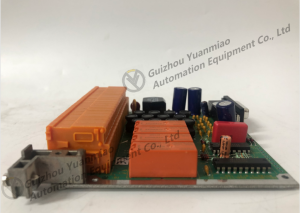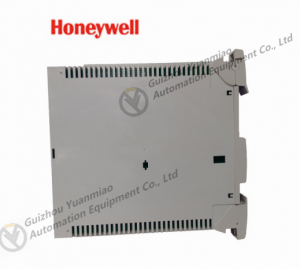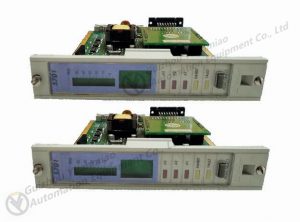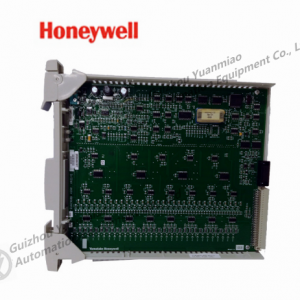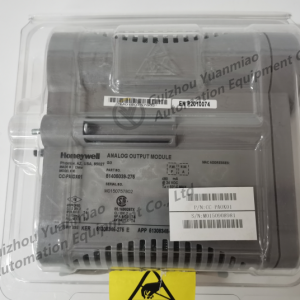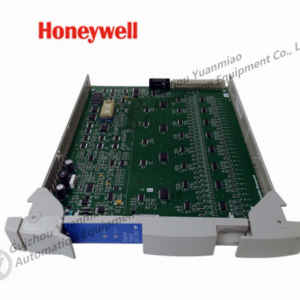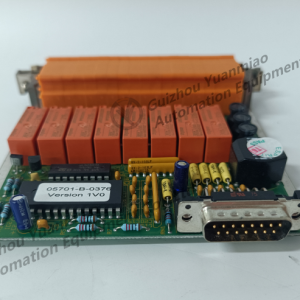HONEYWELL FC-TSAI-1620M Communication Demodulator
HONEYWELL FC-TSAI-1620M Communication Demodulator Product Details:
HONEYWELL FC-TSAI-1620M is a communication demodulator commonly used in industrial automation and control systems for communication with other devices or systems. Here are some possible information about this communication demodulator:
Manufacturer: HONEYWELL is a well-known global company in the field of industrial automation and control technology, providing various automation and control system solutions.
Model: FC-TSAI-1620M is the model of this communication demodulator, used to identify specific models of modules.
Function: A communication demodulator is typically used to demodulate digital signals into readable data for communication with other devices or systems. They can be compatible with various communication protocols and interfaces for data collection, monitoring, and control.
Application field: This type of communication demodulator is usually widely used in industrial automation and control systems. They are used for communication with sensors, PLCs (Programmable Logic Controllers), DCS (Distributed Control Systems) and other devices to achieve monitoring and control of industrial processes.
Specifications: The numerical and alphabetical sequences in the model may indicate the specifications of the demodulator, communication protocol support, communication rate, interface type, or other specific parameters. These specifications may vary by model.
Operational field: This communication demodulator may operate in various industrial fields, depending on the customer’s needs and application scenarios.
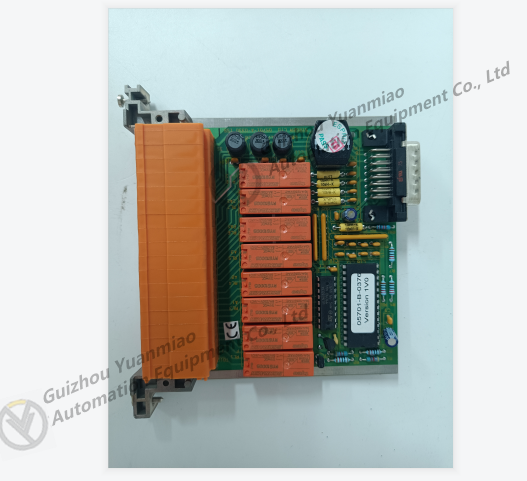
Power distribution within the FSC system and grounding of the FSC system
1) The CP card and WD signal within the system are powered by 5VDC, while the I/O card is powered by 24VDC. 24VDC configuration within the system
The stabilized power supply is distributed to the system through a set of circuit breakers above the CP rack.
2) The FSC system is designed for floating and only requires safe grounding, with a grounding resistance of less than 5 Ω.
3) The schematic diagram of configuring a ground leakage detector ELD within the system is to monitor whether the system is floating.
4) Below the installation board in the system cabinet, a safety ground busbar and an instrument ground busbar are installed. The components that require safe grounding, such as the cabinet casing and rack, are all connected to the safety grounding busbar. When installing on site, only the safety grounding busbar needs to be connected to the grounding electrode; The setting of the instrument grounding busbar is only for the needs of signal shielding grounding, and it is not related to any components within the system.
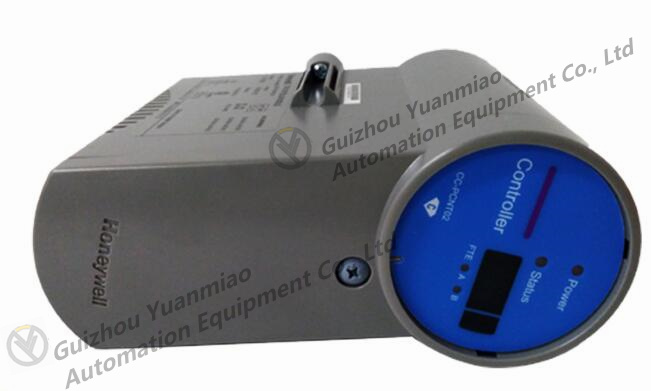
| HONEYWELL | J-MHM10 |
| HONEYWELL | J-MSC10 |
| HONEYWELL | TC-CCR014 |
| HONEYWELL | TC-ODK161 |
| HONEYWELL | TC-PRR021 |
| HONEYWELL | TC-PRS021 |
| HONEYWELL | TC-XXXXX1 |
| HONEYWLL | TK-PRS021 |
[Disclaimer]
Our company sells new products and discontinued products, and purchases such special products through independent channels. Guizhou Yuanmiao Automation Equipment Co., Ltd. is not an authorized distributor, distributor or representative of the featured products of this website. All product names/product images, trademarks, brands and microlabels used on this website are the property of their respective owners. Product descriptions, descriptions or sales with these name images, trademarks, brands and logos are for identification purposes only and do not represent any association or authorization with any right holders.

